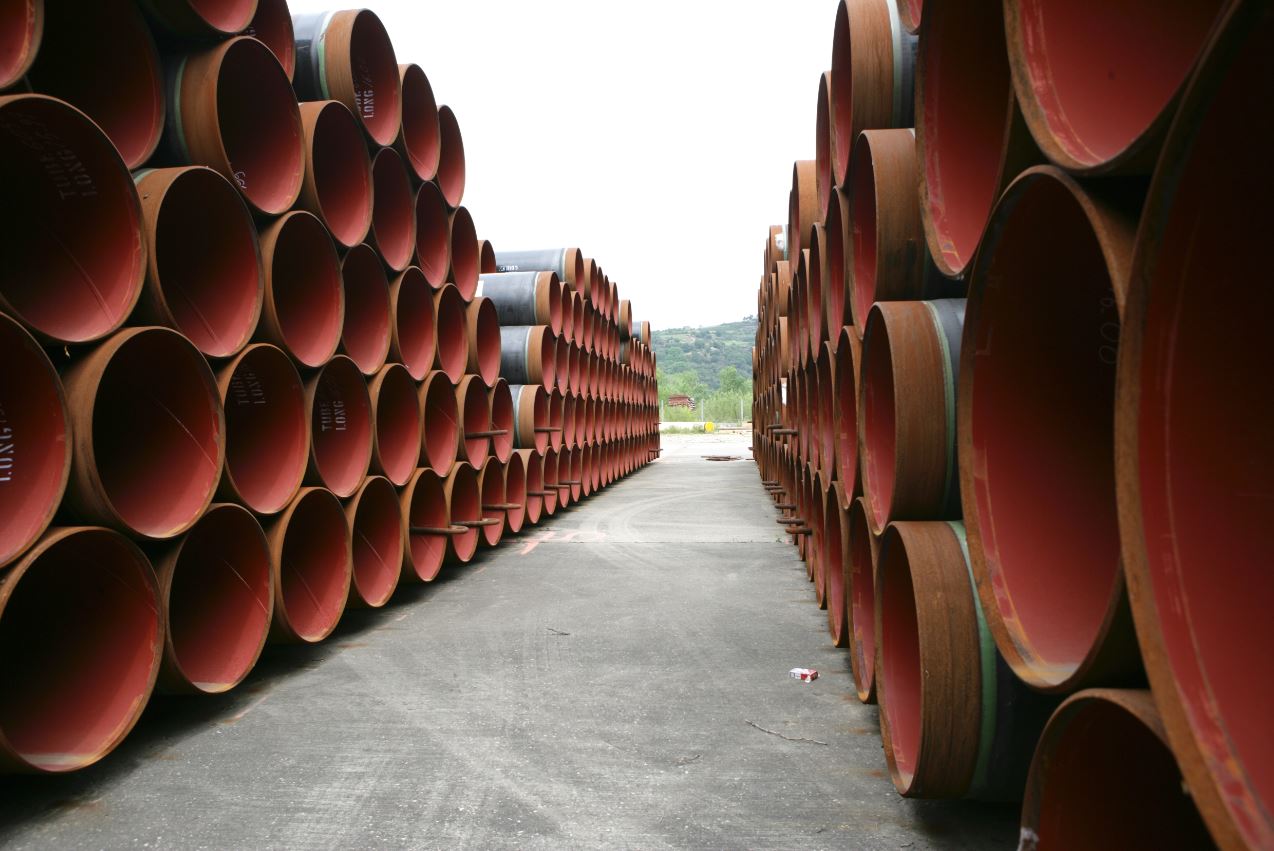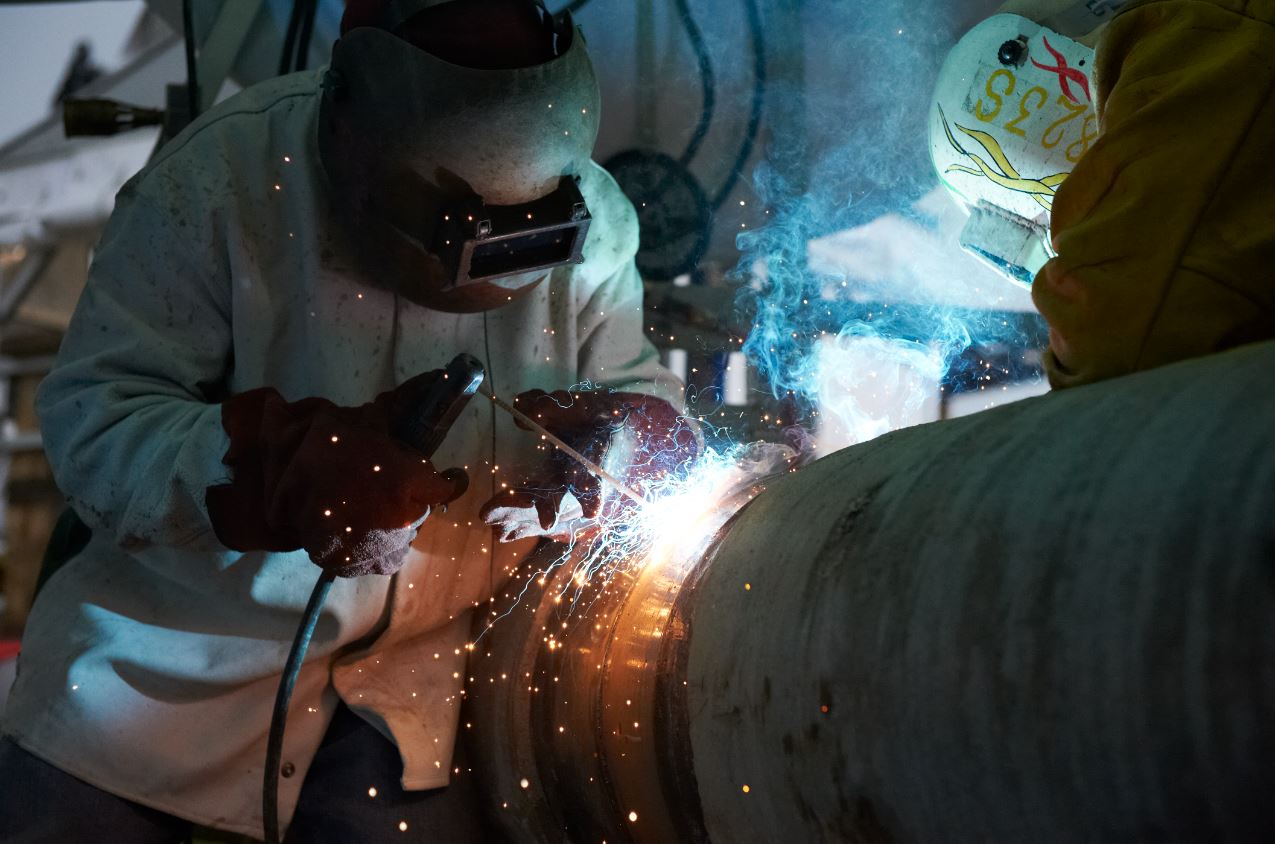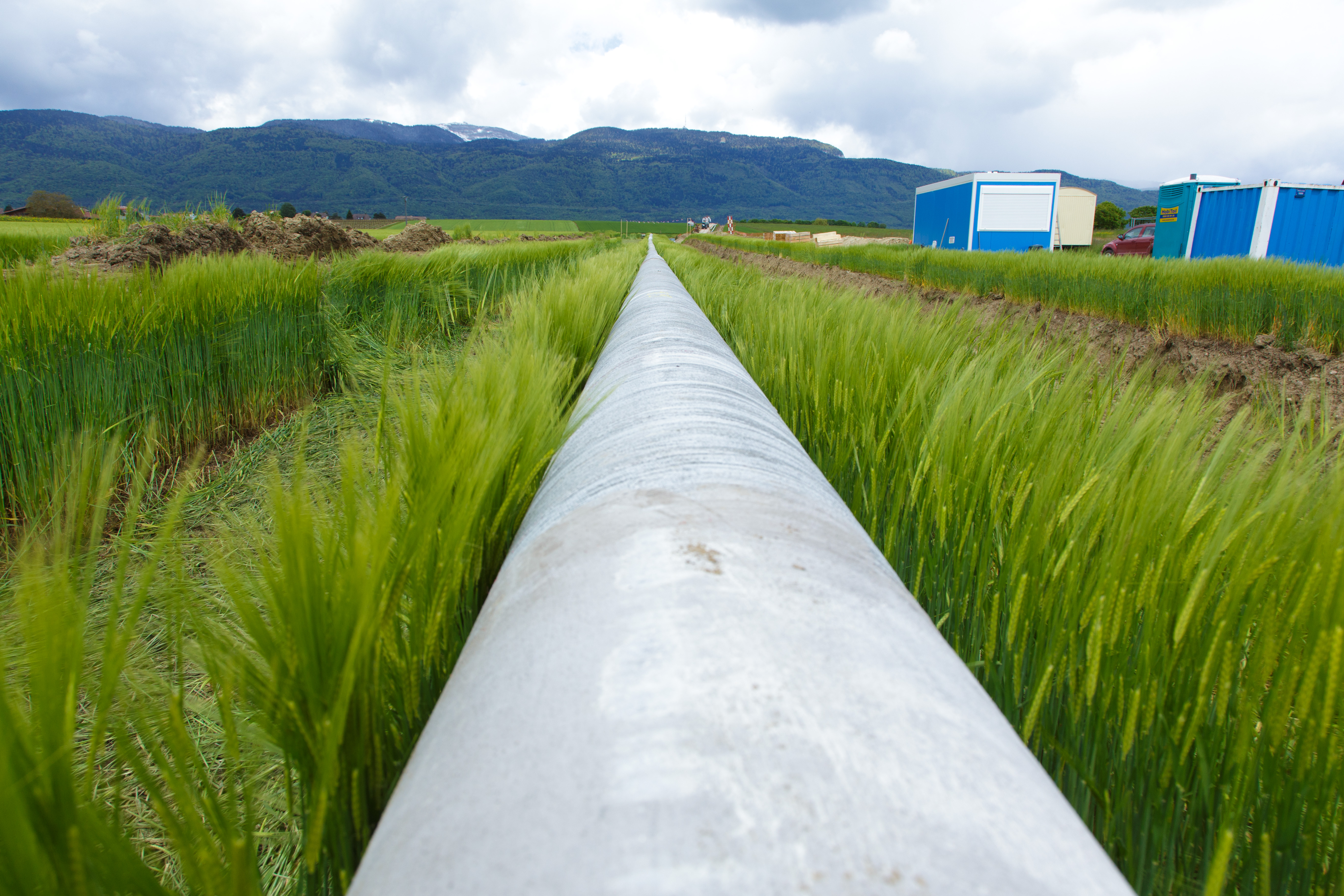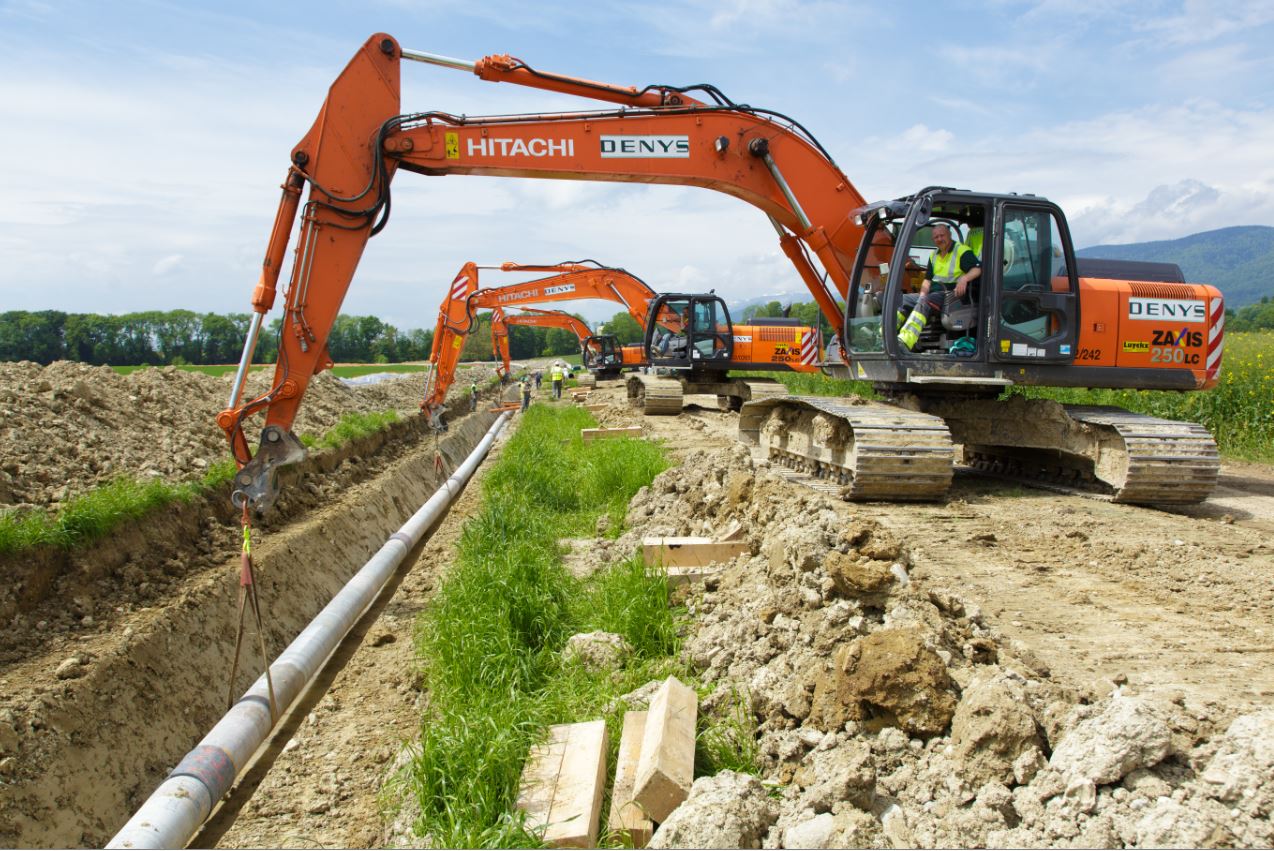Network capacity
The networks capacity to transport a certain hourly volume of natural gas, from the injection point to the delivery point. This capacity is stated in nm3/h.
“Since gas is compressible, it is possible to change the volume of a given amount of gas by compressing it or changing its temperature. It is therefore impossible to know the mass of a quantity of gas based on its volume without giving the pressure and temperature of the gas at the time when the volume was measured.
It would be unnecessarily complicated to give a temperature and pressure every time a volume of gas is mentioned, so the temperature and pressure at the time when the volume was measured are standardised to “normal” conditions. This is called normal m3”.
Definition adapted from www.mecaflux.com
Natural gas
Natural gas is the least polluting of the so-called fossil fuels, it is a mixture of hydrocarbons naturally present in porous rocks in gaseous form. It is composed mainly of methane (between 81 and 97%). Natural gas is colorless and odorless. For safety reasons, however, a chemical odorant is added to it in order to detect it in case of a leak.
Natural Gas Pipeline
A gas pipeline is intended for the transport of gaseous materials under pressure. It is used to transport natural gas between extraction areas and consumption or export areas. The gas is transported at high pressure (from 16 to more than 100 bar) from the field processing sites or storage facilities. The transport networks includes not only pipelines but also :
— Compressor stations located every 80 to 250 km to maintain the pressure of the gas transported and to ensure its progress in the pipelines;
— Interconnection stations, which are important nodes in the transmission network;
— Delivery stations which ensure the delivery of natural gas to the networks downstream of the distribution system. These stations generally perform the functions of expansion, reheating, filtering and metering of the gas. Gas pipelines are made of butt-welded steel pipes, covered with an insulating material (polyethylene) to help protect them from corrosion. They can be hot-bent (in the factory) or cold-bent (when installed in the field).
An alternative form of transportation can be in liquid form. Liquefied natural gas (LNG) is then transported by LNG tankers.

Gas pipelines before installation in the ground

Welding

Gas pipeline before laying

Laying the pipeline

Pipeline after laying,
merely the marker remains visible to indicate the route
NCG (NetConnect Germany)
NetConnect Germany, or NCG, is Germany's Virtual Trading Point for gas.
NBP (National Balancing Point)
The National Balancing Point, commonly referred to as the NBP, is a virtual trading location for the sale and purchase and exchange of UK natural gas.
Nord Stream
 Read more: Nord Stream
Read more: Nord Stream